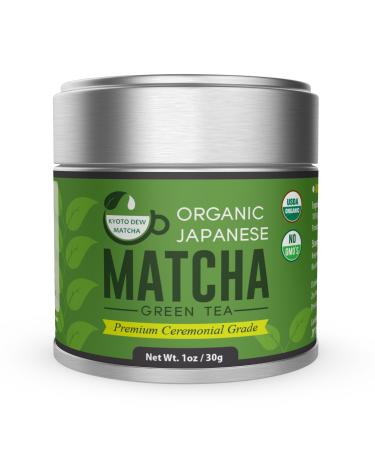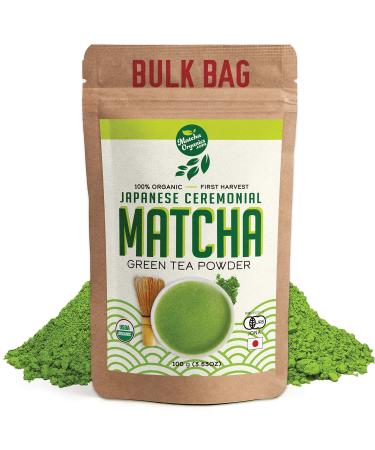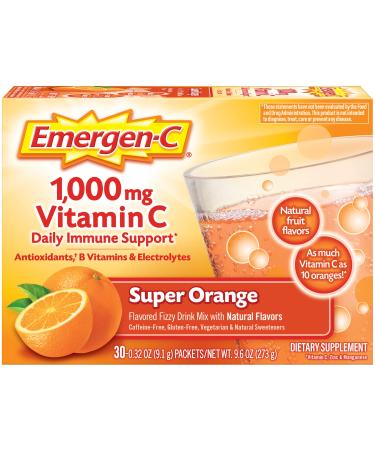FAQs
What is Matcha
Matcha is a fine green tea powder used for drinking or cooking. It is different from loose leaf teas because the whole tea leaf is consumed instead of just the infusion. Matcha comes from the plant Camellia Sinensis. Only authentic Matcha is made from tencha leaves (shade grown).
How much caffeine is in a cup of Matcha
A cup of Matcha (using 1g of Matcha powder) has 35mg of caffeine compared to a cup of coffee sitting at 95-200mg of caffeine. Since Matcha contains L-Theanine, drinking Matcha has a calming and relaxing effect.
How much L-theanine is in Matcha
The L-theanine content will always vary batch to batch since it is organic and grown in a natural environment.
Ceremonial Matcha will usually have a higher L-theanine content than culinary Matcha due to the different harvest times. Younger tea leaves from the 1st harvest have more L-theanine.
Please see below as a general guideline (based on 1 gram of Matcha):
- Gold Class Matcha has approximately 17mg (+ or -) of L-theanine
- Emerald Class Matcha has approximately 14.26mg (+ or -) of L-theanine
- Eco Class Matcha has approximately 14.26mg (+ or -) of L-theanine
My Matcha is clumped in my brand new opened tin. Is clumping normal
Clumping is perfectly normal and the Matcha is 100% safe to consume. Since the particle size of Matcha is very small - it tends to naturally clump in humid environments or very dry environments due to static electricity. Matcha's average moisture rate is 2 to 3%. It is highly recommended to store your Matcha in the fridge once opened or in a dark, cool, dry place. Make sure the lid is sealed tightly. If you have not opened your Matcha, it can be stored in the freezer. When you are ready to make your Matcha drink, simply use a small sifter to reduce clumping.
Is Midori Spring Matcha tested for metals and Radiation
Yes we perform tests several times through out the year. All of our Matcha reports Cesium-134 & 137 are undetected. Heavy metals (arsenic, lead, cadmium, mercury) results <0.2 PPM.
What is the difference between the Gold, Emerald, and Eco Class MatchaSee chart below for a quick comparison







![Stewart Freeze Dried Dog Treats Made in USA [Single Ingredient Puppy and Dog Training Treats - Grain Free Natural Dog Treats] Resealable Tub to Preserve Freshness](https://www.gosupps.com/media/catalog/product/cache/25/small_image/375x450/9df78eab33525d08d6e5fb8d27136e95/6/1/61gwbbixarl._ac_sl1500_.jpg)







